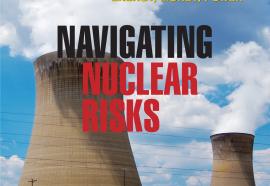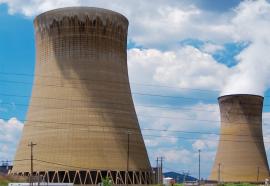Revisiting the Keystone State
Rate caps have squelched competition in Pennsylvania.
The prolonged period of capped rates in Pennsylvania—years longer than in any other state—has produced some benefits and some drawbacks. On the plus side, due largely to the rate caps, electricity costs in the Commonwealth have fallen from 15 percent above the national average in 1996 to below the national average in 2007. This has been a significant benefit, but a temporary one that many have taken for granted.







